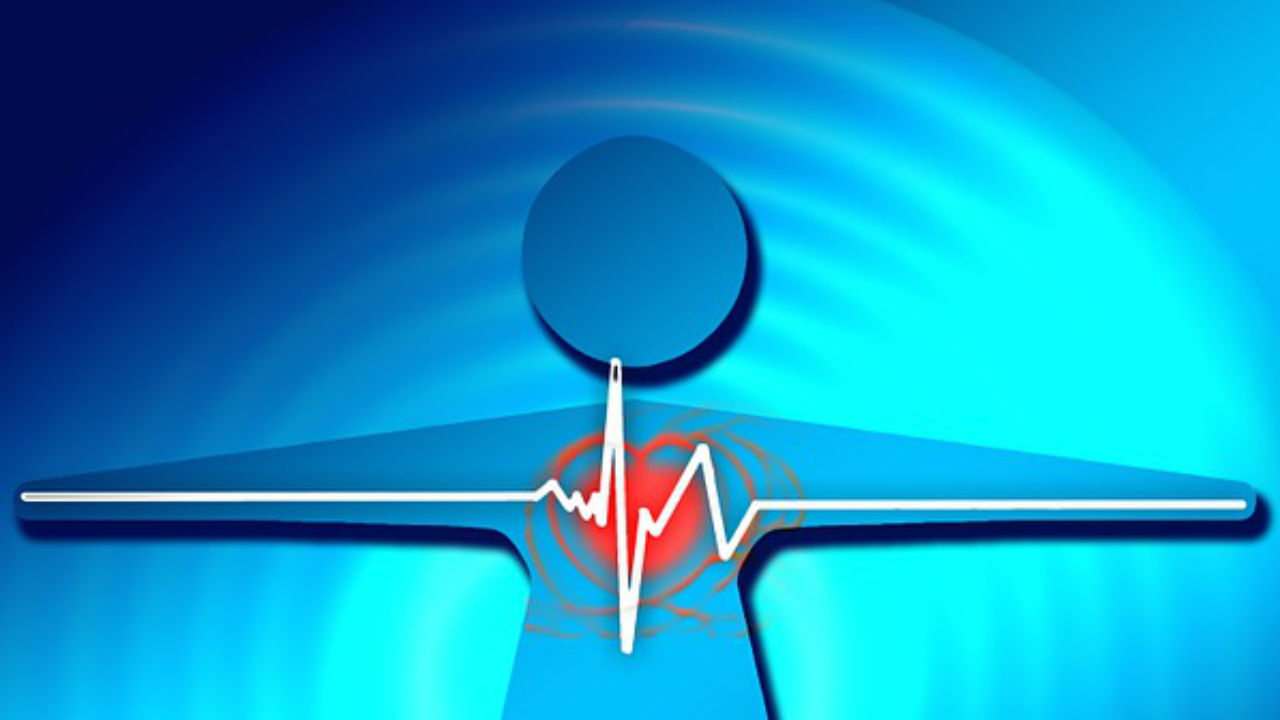A device that combines defibrillation with a resynchronization of the heart's rhythm did reduce heart patients' odd of developing heart failure, but it didn't save any more lives, a new study found.
Many patients already in serious heart failure are given the dual-purpose devices, which cost up to $40,000 each (not counting the cost to implant), according to the Associated Press.
But researchers led by Dr. Arthur Moss, of the University of Rochester Medical Center in New York, wanted to see if the devices might benefit those with milder illness. "The answer is a clear, unequivocal yes," Moss told the AP. He presented the findings Tuesday in Barcelona, Spain, at the European Society for Cardiology meeting.
In the study, Moss and his team tracked the four-year outcomes of over 1,800 patients with mild heart disease -- half of whom received a defibrillator and half of whom got the defibrillator/resynchronization devices. Patients who got the combo devices had a 41 percent lower risk of developing heart failure, as well as lowered odds for hospitalization, the team said. However, the overall death rate was the same between the two groups.
Given the devices' expense, not all experts are convinced they need to be more widely used. According to the AP, Dr. Douglas Zipes, past president of the American College of Cardiology and now at the Indiana University School of Medicine, said the combination devices are already too widely used. And the AHA's current president, Dr. Clyde Yancy, called the study results "incremental (improvement), not a breakthrough."




